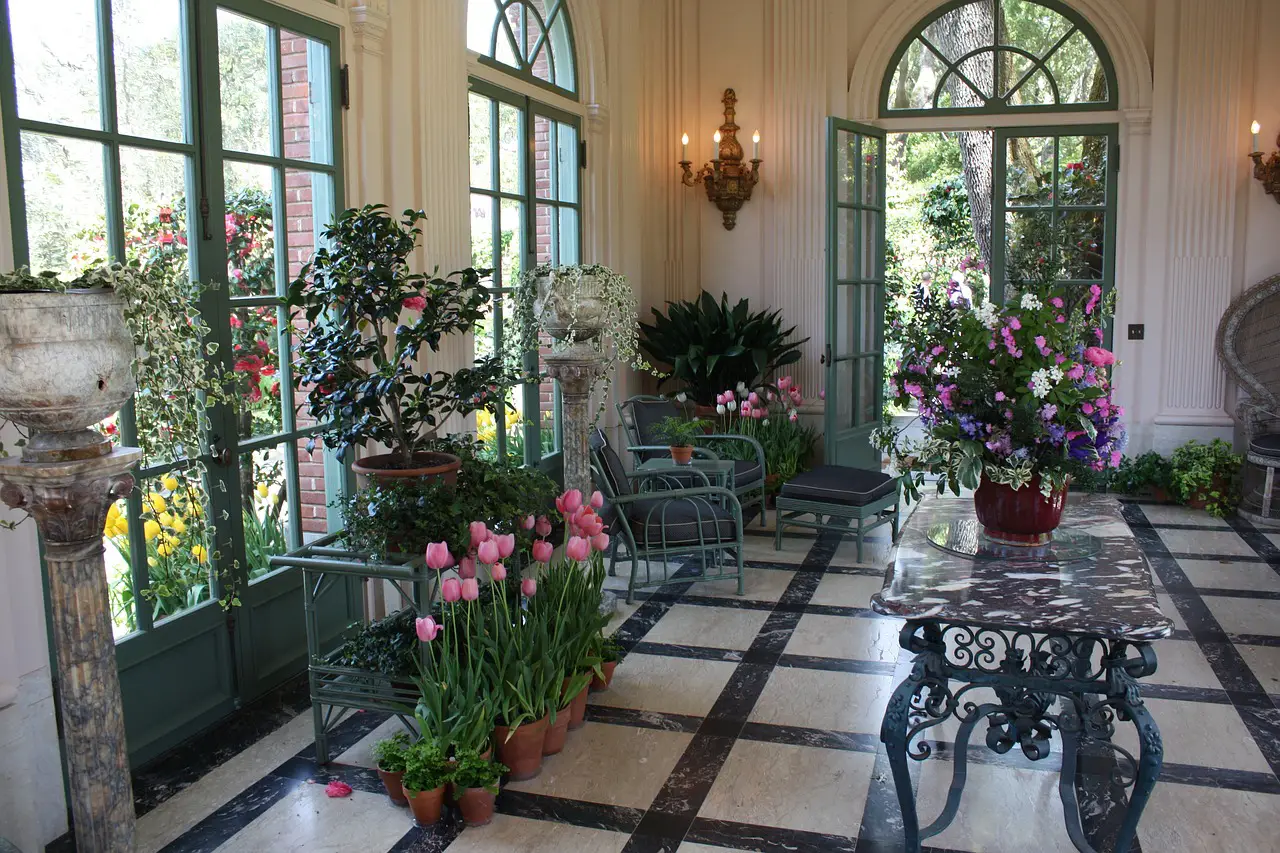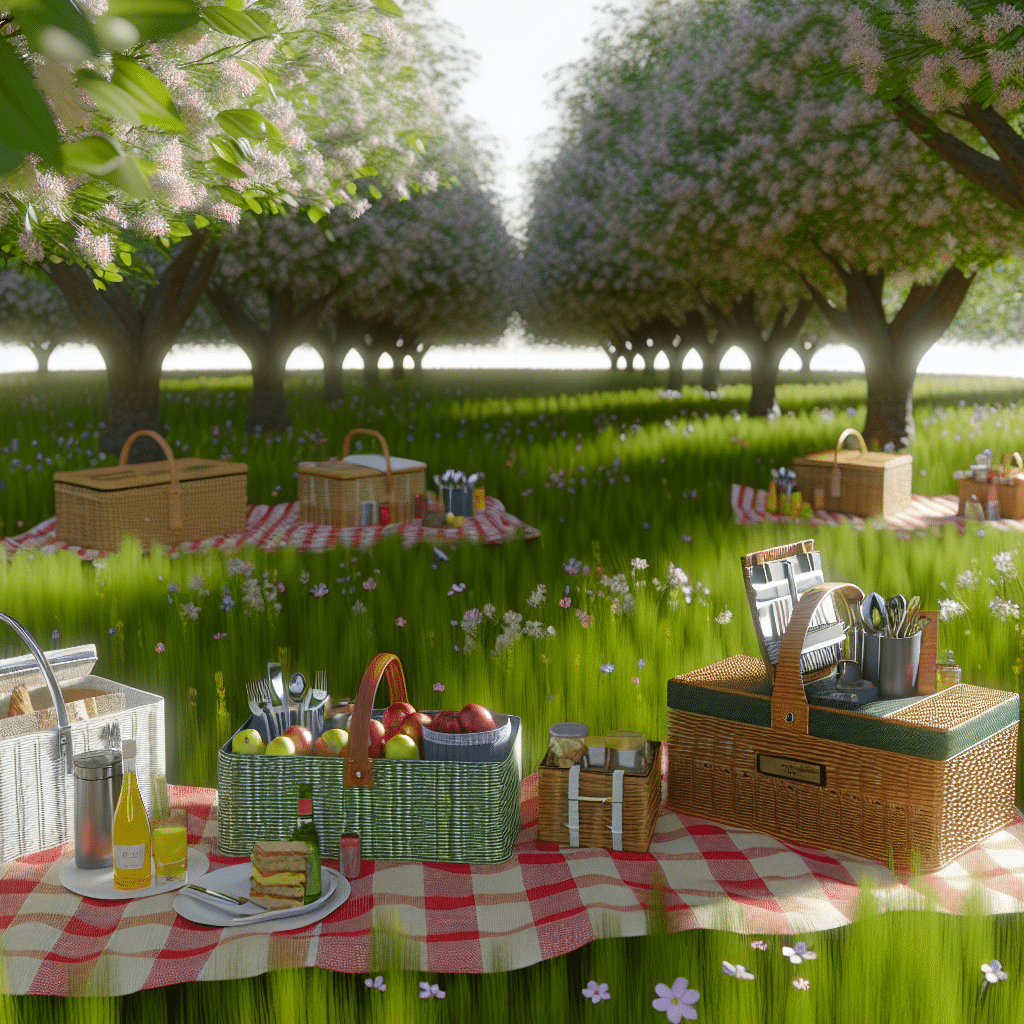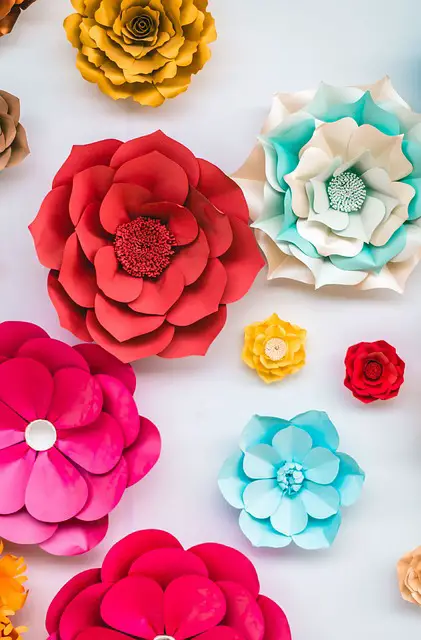Indoor gardening has become increasingly popular in recent years as more and more people are becoming interested in growing their own plants, flowers, and vegetables at home. Whether you live in an apartment or have limited outdoor space, indoor gardening is a great way to enjoy the benefits of gardening without the need for a large garden or yard. In this article, we will provide you with a comprehensive guide to indoor gardening, including the benefits, types of plants, materials and equipment, and tips to get you started.

The Benefits of Indoor Gardening
Indoor gardening has numerous benefits. One of the most significant advantages is that it allows you to enjoy the beauty and health benefits of plants even if you do not have access to an outdoor garden. Indoor plants can improve air quality, reduce stress and anxiety, and improve your overall mood. Additionally, indoor gardening is a great way to grow fresh produce that is free of pesticides and chemicals.
Types of Plants Suitable for Indoor Gardening
Many different plants can be grown indoors, including herbs, vegetables, flowers, and succulents. Some of the most popular indoor plants include:
- Herbs such as basil, parsley, and mint
- Leafy greens such as lettuce and spinach
- Tomatoes, peppers, and other vegetables
- Flowers such as orchids, African violets, and peace lilies
- Succulents such as cacti and jade plants
When choosing plants for indoor gardening, it is important to consider factors such as lighting, temperature, and humidity requirements. Some plants, such as succulents, require very little watering and can tolerate dry conditions, while others, such as ferns, require high humidity.
Materials and Equipment for Indoor Gardening
The following materials and equipment are essential for indoor gardening:
- Pots and containers
- Soil or potting mix
- Fertilizer
- Watering can or spray bottle
- Gardening gloves
- Pruning shears or scissors
- Grow lights (if natural light is insufficient)
Tips for Indoor Gardening
Here are some tips to help you get started with indoor gardening:
- Choose plants that are suitable for the lighting conditions in your home.
- Water your plants regularly, but be careful not to overwater them.
- Fertilize your plants every two to four weeks during the growing season.
- Prune your plants to keep them healthy and promote new growth.
- Rotate your plants regularly to ensure even growth and avoid lopsidedness.
- Keep an eye out for pests and diseases and take appropriate action if you notice any issues.
- If you are using grow lights, be sure to position them at the correct distance from your plants.
- If you are growing herbs or vegetables, consider using a hydroponic system for optimal growth and yield.
Conclusion
Indoor gardening is a great way to enjoy the benefits of gardening without the need for a large outdoor garden. With the right plants, materials, and equipment, you can create a beautiful indoor garden that provides fresh produce, improves air quality, and promotes a sense of well-being. By following the tips and advice in this guide, you can get started with indoor gardening and enjoy all the benefits it has to offer.



